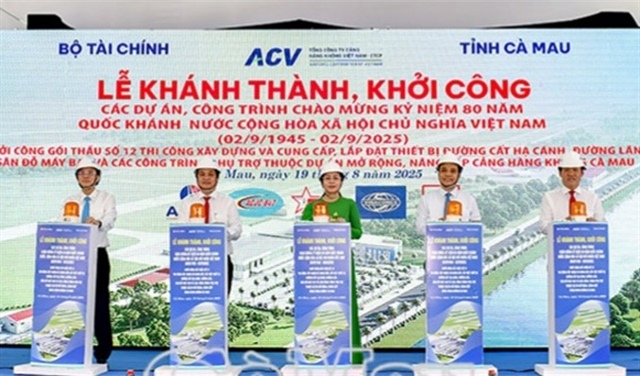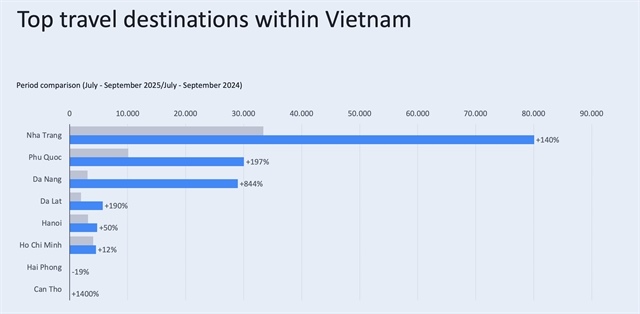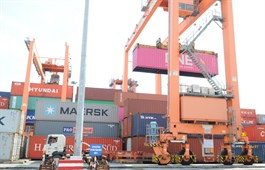The rise and rise of e-commerce
The rise and rise of e-commerce
With 61 million smartphone users, Vietnam’s e-commerce market is forecast to continue thriving.
Nguyen Duc Trung, Deputy Director of the Ministry of Planning and Investment’s Agency for Enterprise Development, said that Vietnam’s e-commerce has demonstrated the strongest growth rate in Southeast Asia. The diversity of operating models and supply chains, and the support of internet infrastructure and modern technology have made e-commerce an important pillar of commercial development.
|
Tran Nhu An, project manager for Improving Private Sector Competitiveness (IPSC), a project of the US Agency for International Development (USAID), said that COVID-19 has changed consumption patterns and purchasing capacity. In this context, businesses are strengthening digital transformation and operations to ensure the competitiveness.
Vietnam’s 61 million smartphone users will promote the strong growth of e-commerce. “Vietnam is expected to be the fastest-growing e-commerce market by 2026, with sales of US$56 billion,” Tran Nhu An affirmed.
Le Thi Ha, Head of the Policy Division at the Vietnam e-Commerce and Digital Economy Agency under the Ministry of Industry and Trade, also has an optimistic vision of Vietnam’s e-commerce market. She added that survey data from 47 countries conducted from January 2018 to September 2021 indicated a sharp increase in the share of online spending in total global spending. The greatest spending was detected during the peak of the pandemic, about 14.9 percent, compared to 10.3 percent in 2019. These numbers reflect the pandemic’s major impact on the economy in general, and the opportunities it has provided for Vietnam to develop cross-border e-commerce.

A growing number of consumers make online transactions |
According to Nguyen Duc Trung, the Agency for Enterprise Development is advising leaders of the Ministry of Planning and Investment and all levels and branches on applying business support policies and solutions, including boosting digital transformation and promoting development of e-commerce exchanges.
The Agency for Enterprise Development and the USAID launched the five-year IPSC project in January 2022 with a total budget of US$36 million to help Vietnam’s small and medium enterprises enhance their business administration capacity, promote technology adoption and new business models, and improve the economic environment and business linkages.
Tran Nhu An pointed to some difficulties challenging the great potential of the Vietnamese e-commerce market, among them the inability of businesses, especially small businesses, to compete with global competitors and meet domestic users’ demand in terms of quality and product design. These drawbacks require improving the capacity of units by investing in systems, warehouse capacity, transportation, payment systems, and information security.
Mark Birnbaum, a representative of the IPSC Project, seconded this opinion, pointing out that micro, small and medium enterprises account for over 97 percent of the total enterprises in Vietnam, confronting the private sector with numerous challenges in navigating e-commerce opportunities successfully. The most prominent obstacles are limited knowledge and skills, lack of investment capital and poor internet infrastructure technology.
| Vietnam’s e-commerce is currently valued at US$21 billion and is expected to increase to US$56 billion by 2026. |

























